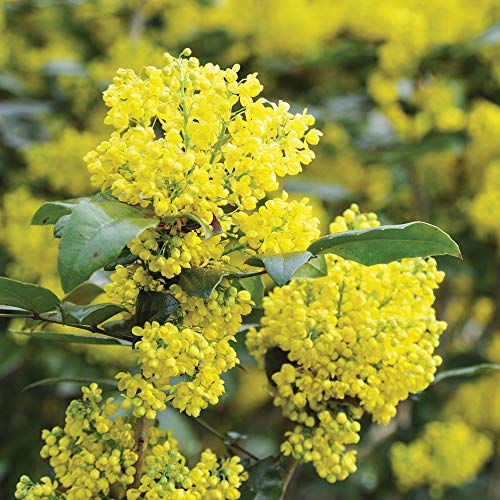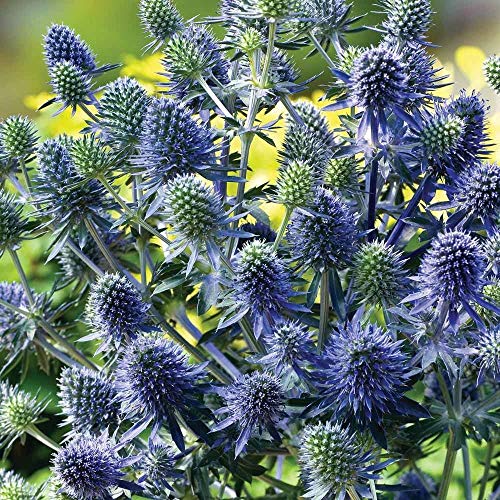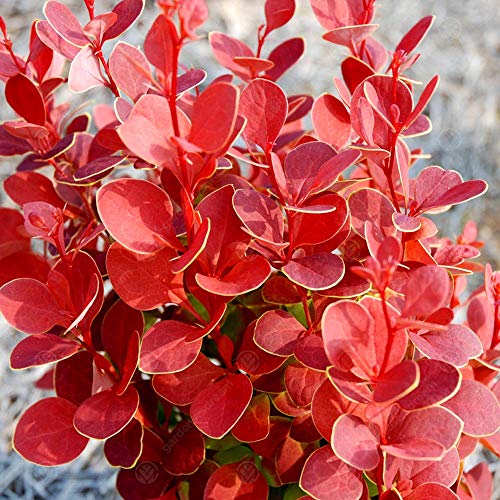How to Use Plants to Make Your Garden More Secure — They Can Make Surprisingly Good Deterrents, While Looking Good, too
Discover what plant species to choose and where to plant them for added security
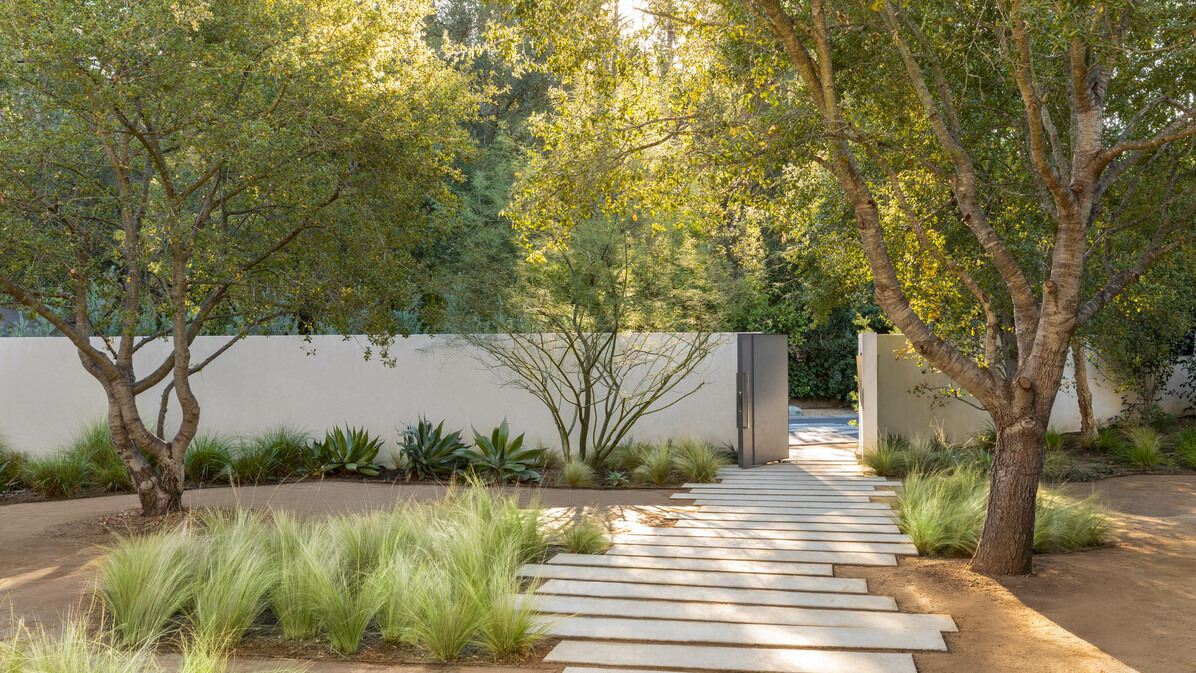
What do you think about when you plan your garden? Aesthetics, lifestyle, and maintenance are common considerations, yet plants for security are being increasingly requested in design schemes.
Home and garden security is important in many areas, whether urban, suburban, or rural. As part of your garden screening ideas, the plants you or your garden designer choose for your outdoor space may help in deterring unwanted or opportunistic visitors.
No one wants their property perimeter to look like Fort Knox, yet you can increase its defences in subtle ways with your planting scheme. Discover the species that professional garden designers prefer for home security and where to plant them.
How to Plant Your Garden for Security
When it comes to improving home security, it's not just high-tech gadgets that can help to protect you. There are some attractive and effective low-tech options, too, in the form of strategically placed thorny, spiky, and prickly plants. Of course, in hot, dry regions, cacti and agave are an attractive choice, but what are the options in cooler climates?
"In any large city, home security is a growing concern — but that doesn’t mean you have to compromise on the beauty of your outdoor space," says Gina Taylor, garden designer and founder of East London Garden Design.
"Security planting doesn’t have to shout. With the right species in the right place, your garden can quietly protect your home while still being a joy to spend time in. Just think of it as beauty with bite.
"As a garden designer, I’m often asked how a planting scheme can support safety without feeling stark or overly defensive. The good news is, with a clever choice of plants, you can create a space that’s both welcoming and secure."
The Livingetc newsletters are your inside source for what’s shaping interiors now - and what’s next. Discover trend forecasts, smart style ideas, and curated shopping inspiration that brings design to life. Subscribe today and stay ahead of the curve.

Gina Taylor is the founder and lead designer of East London Garden Design, a studio specialising in contemporary urban gardens, courtyards, and rooftops. Based in East London, Gina is passionate about creating outdoor spaces that feel like a true extension of the home — places that are welcoming, personal, and connected to their surroundings.
1. Defensive Boundaries That Deter, Not Dominate
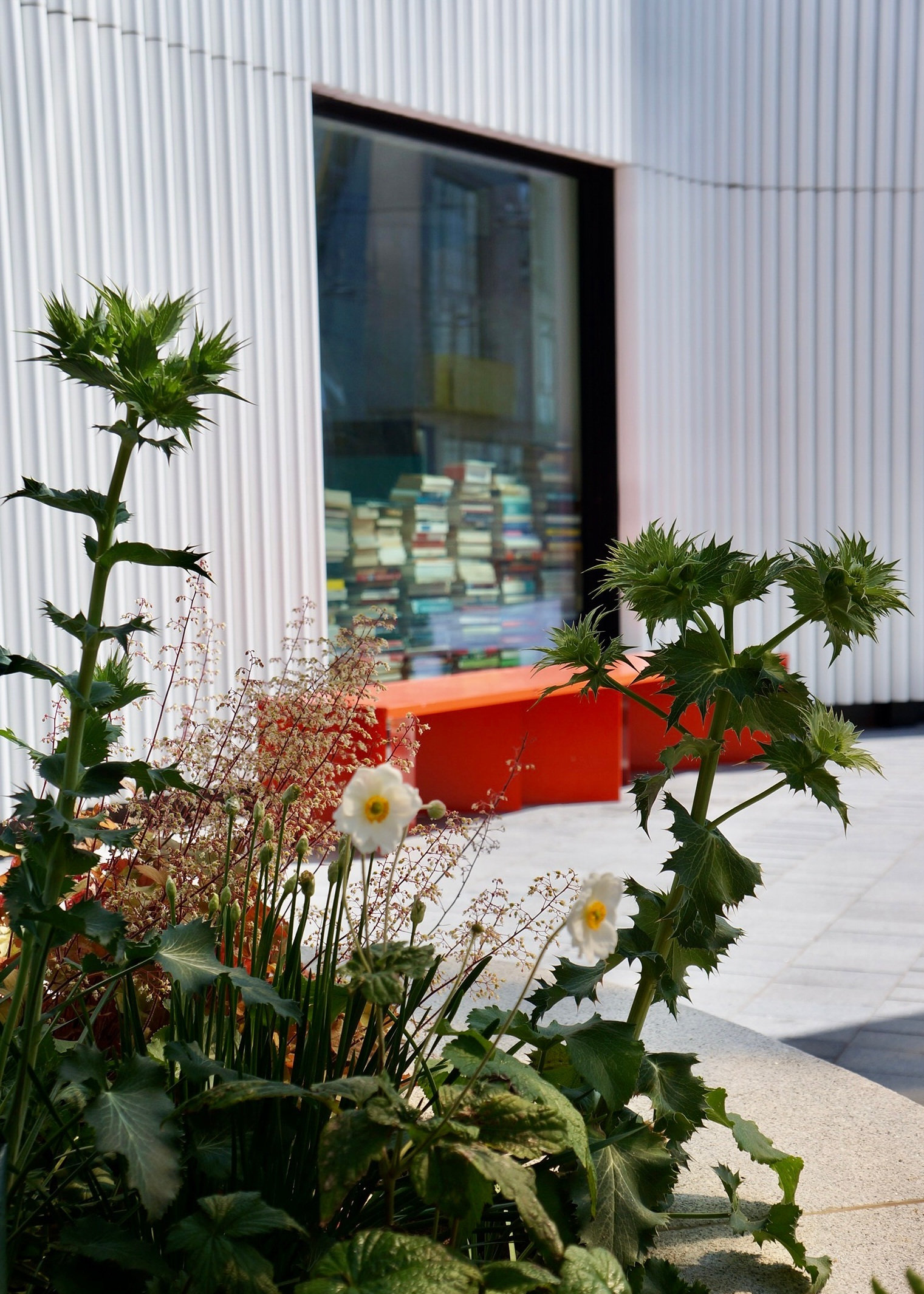
Grow thorny plants around your garden's perimeter.
Pretty but thorny flowering plants, such as roses scrambling over a garden privacy fence, have long been popular for preventing opportunists, as much as for their aesthetic value. They might look beautiful and smell fragrant, but get too close and their scratches can draw blood, making some of the best plants for privacy, too.
"For the perimeter of a garden — particularly along fence lines or shared alleyways — I often recommend incorporating dense, thorny species that form a natural barrier," says Gina. "Berberis (Barberry) is one of the best. Available in both evergreen and deciduous forms, it’s not only dense and fiercely spiny, but it also offers seasonal color and structure.
"For a more romantic, informal look, Rosa rugosa (rugged wild rose) is another favourite — full of thorns, scented flowers, and vibrant hips. Place these plants along your garden’s boundary or under low, climbable fences. Just avoid putting them near paths or seating areas, where their defences might catch the wrong visitor."
2. Under-Window Planting for Passive Protection
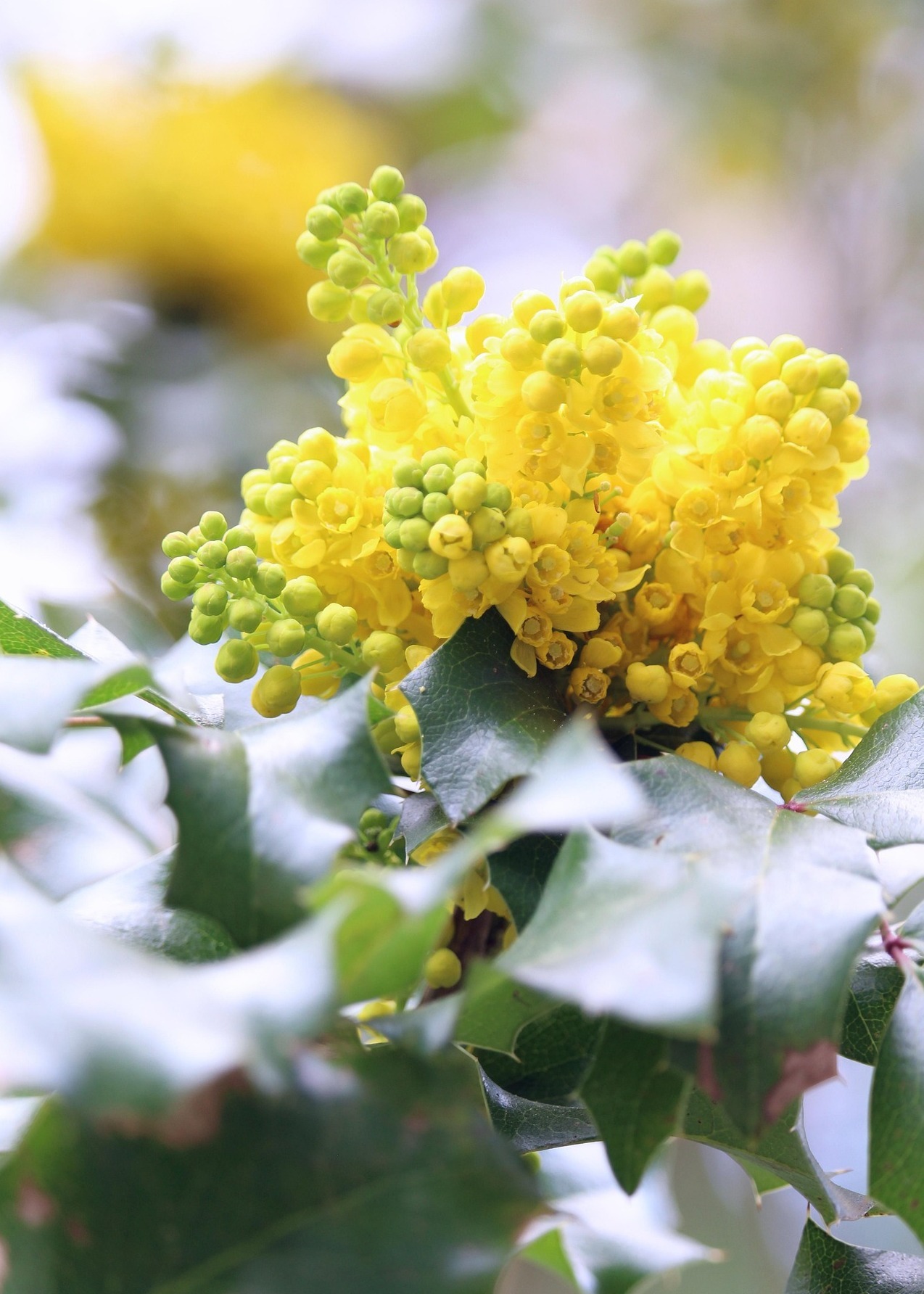
The pretty flower heads on these plants belie their sharp edges.
Ground-floor and even upper-floor windows obviously require locks, but if you feel vulnerable when they are open, cover access points below with plenty of prickly plantings to provide a natural extra layer of protection.
"Another key area to address is the base of ground-floor windows. These vulnerable access points benefit from tough, architectural planting," says Gina. "Mahonia aquifolium, with its glossy, holly-like leaves and bold yellow winter blooms, is a personal favourite. It thrives in shade — perfect for the typically darker areas under eaves and bay windows.
"Holly (Ilex aquifolium) also works beautifully here, providing both evergreen structure and serious spines. These plants quietly discourage intruders while looking handsome all year round."
Holly is on our list as one of the best living privacy fence ideas, too.
3. Steering Footfall with Smart, Spiky Barriers

Plants can be used to create an obstruction in front of low hedges.
Using sharp-edged plants for fence line landscaping and beneath windows can be effective barriers to entry. However, prickly plants can also be used to create obstructions in vulnerable parts of your garden.
"Sometimes security is about subtle control — directing movement and preventing opportunistic shortcuts through side gates or secluded corners," says Gina. "In these spots, I like to use a mix of native spiny plants such as Blackthorn or Hawthorn. These can be woven into informal hedges or used as standalone shrubs.
"For a sunnier, more Mediterranean feel, Gorse (Ulex) offers golden flowers and a formidably prickly presence, though it’s best kept well away from paths and high-traffic zones."
4. Sculptural Defence in Sun-Traps
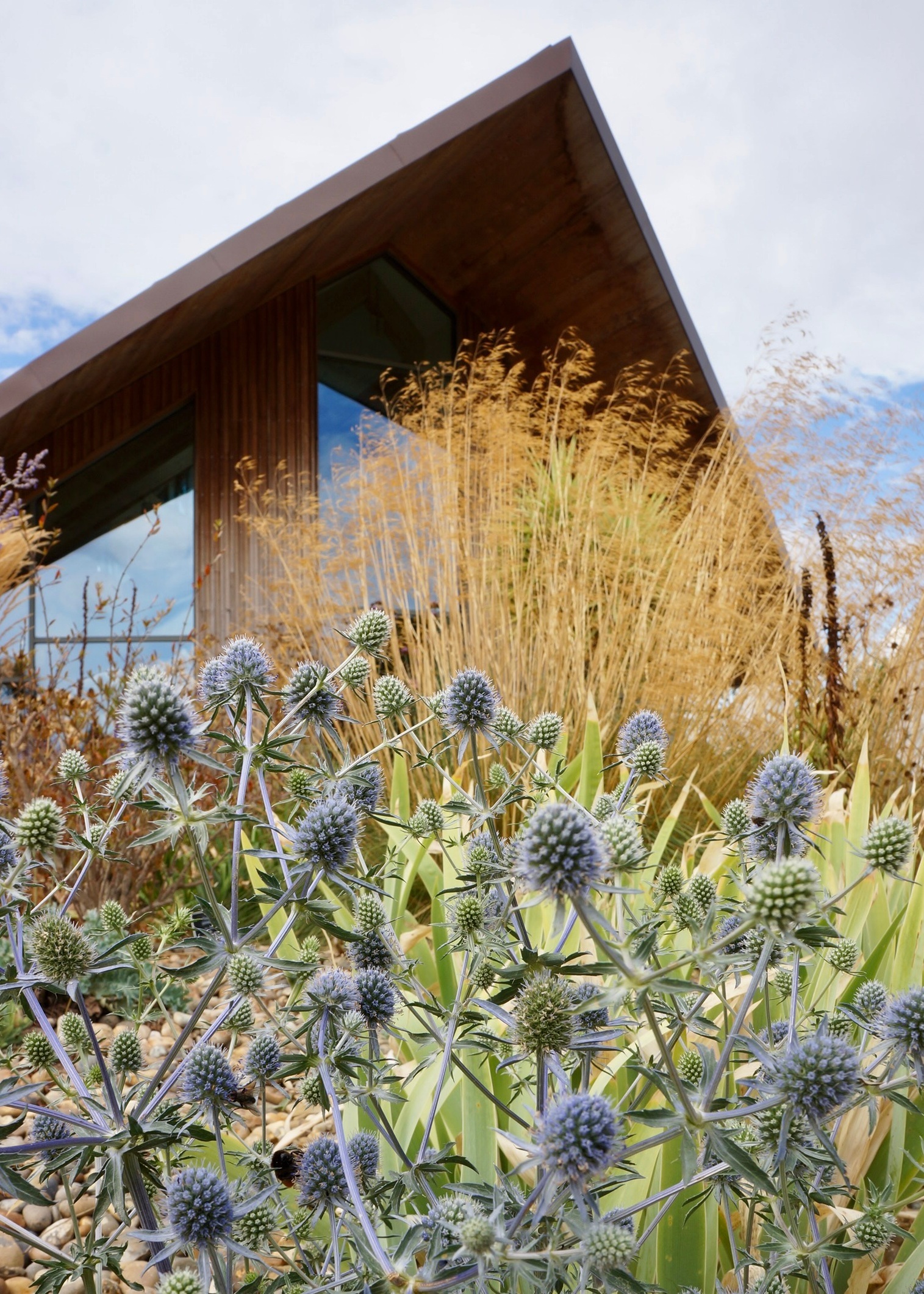
Spiny sea holly is loved by pollinators.
Obviously, 'right plant, right place' is the gardener's mantra, and this is especially important with plants for security. After all, a dead plant is no use to anyone. It's also useful if you don't have to handle or tend to prickly plants too much. Choosing species that can thrive unaided in a particular location will ensure your spiky screen is robust and easy to maintain.
"If you’re working with a sunnier, more exposed spot and want to keep things ornamental, Eryngium (Sea Holly) is a fantastic option," says Gina. "It may not form a dense hedge, but its sharply serrated, metallic blue-green foliage and spiny flowerheads still provide a very clear 'do not touch' message.
"I often use Eryngium in gravel gardens, mixed borders, or near the front of beds where you want some visual drama with a defensive edge. It’s especially effective where there’s a risk of people cutting through flowerbeds or stepping off path edges. And the bonus? Pollinators love it."
5. Consider Trellis and Tree Placement
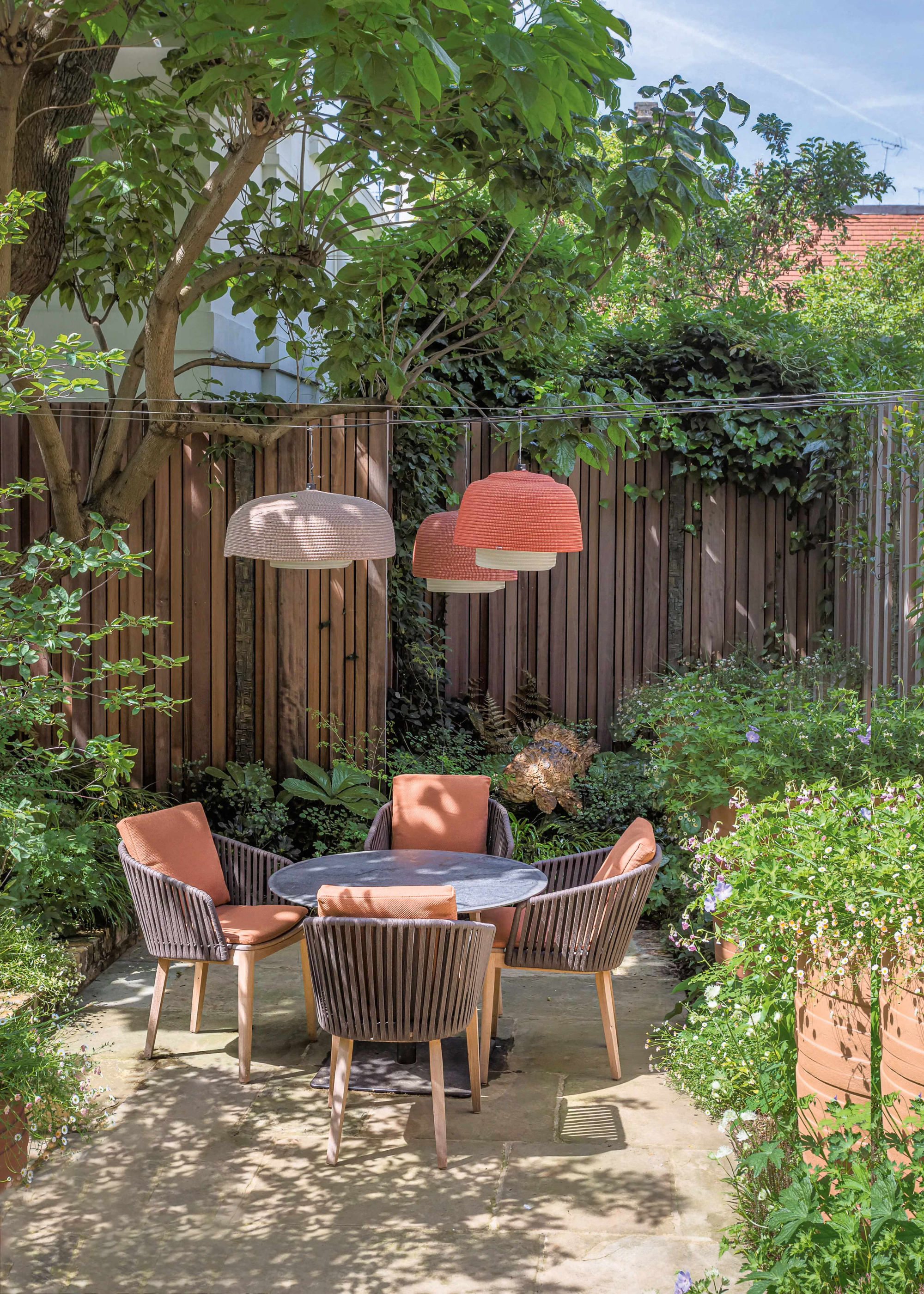
Ensure garden structures and trees are not easy to climb.
"Something else to consider is being sure that there are no climbable elements that make getting over a fence or accessing a door or window easier," says New York-based landscape designer Kat Aul Cervoni.
"Avoid using trellises fixed against walls or fences, use fence designs with vertical slats so that they can't be used to get a foothold, and avoid having any trees next to walls or fences that could be climbed for easy access."
Tall privacy fences, toppers, and trellises that raise the height of a boundary offer privacy and can make a space feel more secure. However, thorny plants trained to trail over them can provide a deterrent to anyone tempted to climb them.

Landscape designer, Katherine "Kat" Aul Cervoni is the founder and principal of Staghorn Living. Kat creates outdoor spaces that become natural extensions of a home’s interior. A member of the Ecological Landscape Alliance and the Association of Professional Landscape Designers, she also mentors young plant enthusiasts and upcoming designers.
FAQs
Which plants should you grow for security?
As with any type of gardening, the plants to grow will depend on the climate and conditions in your hardiness zone, and the various sections of your space. The choice, however, is broad. As already mentioned, Mahonia aquifolium, Berberis, Blackthorn, Hawthorn, and Eryngium are good options, as are agave and cacti.
"Using thorny plants against a fence line or at the foundation of a house can be a helpful deterrent for potential intruders," says Kat. "Some of the best plants up for the task are roses (especially rosa rugosa), pyracantha, ilex opaca, or ilex aquifolium, which are all dense, woody, and have tons of thorns."
What plant has the best defence?
Giant cacti, large agaves, and other spiky succulents provide plenty of defence around a property perimeter. However, this is not a viable option for those in temperate zones. Here, holly and roses have been used traditionally for hedges or to trail over fences, but there are plenty of other plants with prickles for those who prefer a more contemporary look.
"If I had to crown one species as the best for garden defence, it would have to be Berberis," says Gina Taylor, garden designer and founder of East London Garden Design. "No other plant quite matches its blend of impenetrability, aesthetic value, and wildlife support. It can be clipped into neat forms or left to grow more freely for a wilder feel — and trust me, no one’s pushing through it twice."
Whichever plants you choose for a little extra security in your outdoor space, ensure they work with the rest of your modern garden ideas and handle them with care. Obviously, wear gloves and make sure your arms and legs are covered when planting or tending to them. Once they are planted in strategic places, prickly plants will be able to convey a subtle psychological signal to 'keep out'.
Jacky Parker is a freelance lifestyle journalist and writer, producing a wide range of features for magazines and digital platforms. She has written for Livingetc and its sister titles, Homes & Gardens and Country Homes & Interiors for more than 15 years, both as a freelance contributor and as Acting Digital Editor and Acting Style Content Editor, regularly reporting on the latest interiors, gardens and wellness inspiration, speaking to experts in their respective fields, and discovering the best tips.
Jacky has also written for other publications, including Sunday Times Style, The Telegraph, Architectural Digest, House Beautiful, ELLE Decoration, Red, Grand Designs and more.

